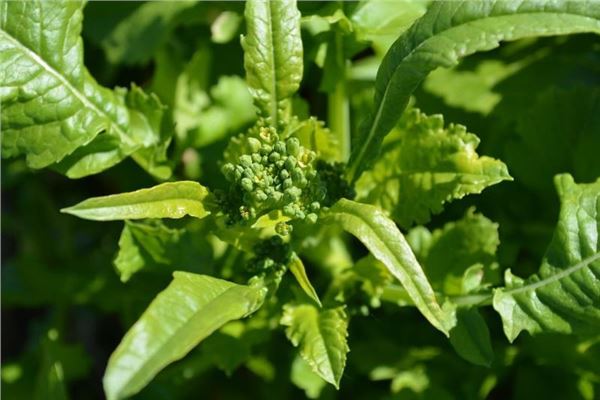Cover Crop Management Decisions
DR. JOSH LOFTON AND DR. BEATRIX HAGGARD
WINNSBORO, LA.
Now is the time when most cover crops shift from fall and winter growth to spring growth. Evaluate spring management of cover crops based on intended purpose, cover crop planted, and successive crop.
Termination needs to have already occurred or needs to occur shortly.
For soybeans and cotton:
Difficult cover crops to terminate (reproductive legumes or Brassicas) should be terminated or should be shortly.
Cover crops that are easy to terminate (cereals and vegetative legumes) should be terminated to allow for two to four weeks of non-actively growing cover crops.
As with most years in Louisiana, the transition between January to February represents the beginning of the coming production season. With this transition, warm temperatures, at least for periods, can be expected. For those that have planted cover crops, this period can be very critical. During these warm periods, certain cover crops begin to transition from winter to summer growth. This can be beneficial or can begin to have detrimental effects depending on both the intent of the cover crop and the cover crop planted. Below are short explanations of how this altered growth can influence the production system based on purpose and cover crop.
Cover:
During this shift from winter to summer growth, more rapid growth can be expected from most crops. This is especially true for the early spring legumes, such as the vetches, clovers and winter peas. These legumes can transition from only minor cover to almost full soil coverage. Cereals can increase coverage during this period as well; however, most cereals have established full soil coverage in the fall during tillering. As with the cereals, the Brassicas (tillage radish) cover has already established most of its soil coverage in the fall.
Nutrient contributions:
Nutrients taken up and, therefore, potentially reapplied for the successive cash crop can be highly variable. For legumes, optimum N fixation occurs during this early- to late-spring growth, which usually occurs during repro-ductive growth. While higher N content can be achieved during this reproductive growth, higher C:N ratios can result in less immediate available N contents. Tissue tests will aid in determination of this. For cereals, nutrient uptake occurs rapidly during late-tillering and around jointing. However, as with legumes, higher C accumulation can result in limited release during the cash crop’s growing season. The Brassica crops have accumulated most of the nutrients by early season growth. This is evident by signs of stress that can be seen during this time of year. Early shedding of leaves can result in nutrient release during pre-planting and during the early growth; however, this early tissue decomposition could be detrimental as early N release can be lost from the soil during high rainfall conditions.
Moisture up-take:
The cover in which this is most critical are cereal covers but can be evident in the other covers as well. For cere-als, which have past jointing, moisture uptake from the cereal can be rapid. This is critical for the cover to con-tinue with reproductive growth. However, this can be detrimental for the successive crop because much of the soil profile moisture can be diminished prior to termination.
Termination:
During this time of year, termination needs to be considered. If the field in which cover crops are planted is to be planted in corn, now is the time for termination. This will not only allow for breakdown of the cover crop but also has the potential to break the “green bridge,” which should be broken for two to four weeks for best IPM practices. However, this decision is more difficult if soybeans or cotton will be the successive crop. If planting is later in the year and the cover crop is easy to terminate (cereals), terminations could be delayed, especially if soil cover is desired. Legumes can be easy to terminate if done timely. This would consist of terminating before loss of vegetative cover and growth. If legumes are terminated late, complete termination of the cover crop can be difficult. For Brassica covers, termination is dependent on the growth of the crop. Similar to other covers, reproductive. Once these covers have gone reproductive, chemical termination is unlikely. If these conditions exist, Brassica covers need to be terminated immediately. Determining if these are reproductive will involve looking into the whorl of the leaves, where the reproductive structure begins (as in the picture). ∆
DR. JOSH LOFTON: Assistant Professor, LSU AgCenter
DR. BEATRIX HAGGARD: Soil Specialist, LSU AgCenter

Beginning growth of the reproductive structure of the Brassica cover crops. Oftentimes this structure can be hidden within the leaf whorls. Termination should have or needs to occur shortly.